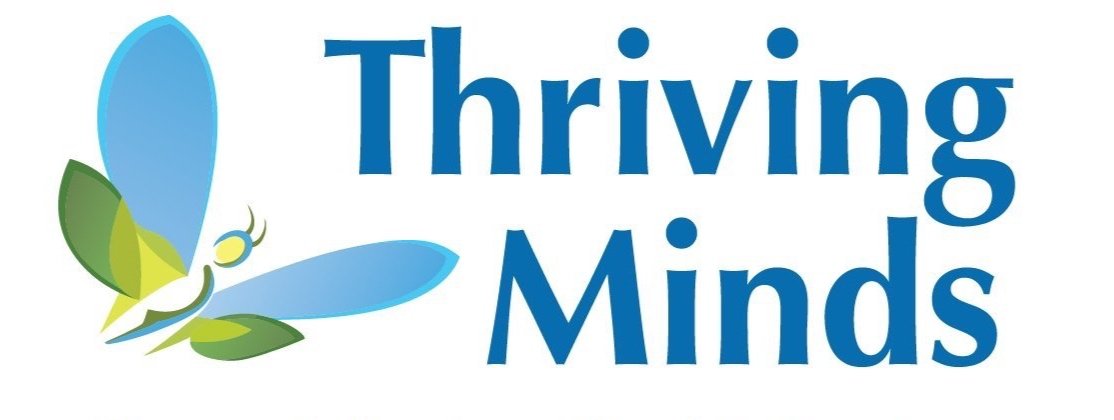Halloween “How To” for Parents of Children with Selective Mutism
Holidays, often filled with commotion and gathering, can be an especially difficult time for children and adolescents with selective mutism (SM). Halloween is no exception, and crowds of strangers that gather on a street may be particularly intimidating. The following article explores several tips and tricks that can be used to prepare your child for the upcoming holiday and encourage bravery on Halloween.
While Halloween may be intimidating for children with selective mutism, it is also an opportunity to engage in public brave practices. This helps children generalize their learning, such that they are able to speak in a variety of environments and with a variety of people. As the saying goes, the more (places, people, etc.), the merrier.
Preparing your child for Halloween:
Set specific goals for the night, such as:
Responding task (usually easier)
Answering at least one planned question, such as “Are you a scary witch or a nice witch?”. Parents can be ready to cue people to ask this planned question
Initiation task (may be more challenging)
Giving a compliment, such as “I like your costume”.
Asking at least three people, “What candy do you have?”
Halloween is a great time for children to practice social niceties. Therefore, setting a goal related to saying “hello” when they walk onto someone’s porch or saying “thank you” after receiving candy or other items may be particularly helpful.
Note: If your child is struggling to speak in public settings at all or is just beginning brave practices, do not begin with this, as many children with selective mutism struggle with polite phrases in particular.
Create opportunities to engage in brave practices that mimic the Halloween environment. Below are several sample ideas:
Practice the specific goals set at home (e.g., asking each family member, “What candy do you have”?)
Talk to a neighbor, then have your child go to their porch to converse. Recommendation: Prompt the neighbor to ask a forced-choice question (e.g., “Are you going to be a princess, an animal, or something else for Halloween?”)
Complete brave practices in public areas
Reward your child for using their brave voice:
What makes a reward effective depends on the child’s age and interests. The following general recommendations are made with this in mind:
Age 3 and below: Direct rewards (e.g., stickers)
Ages 4-7: Chart with stickers that can be added
Ages 7+: Tokens (e.g., fake money or “brave bucks,” poker chips) that can be used to obtain future rewards (e.g., a new toy)
On Halloween:
You know your child best. Start with brave practices that they have had success with before, then begin slowly increasing the challenge.
If your child is non-responsive at the beginning of the night, prompt others to use forced-choice questions rather than open-ended questions (e.g., “Would you ask them whether they prefer Nerds or Starbursts?”).
If your child gives non-verbal responses (e.g., shaking their head yes or no), prompt them to use their “brave voice” instead.
Keep a tally of each success the child has and vocalize that they are earning points towards some reward (e.g., getting to eat one extra piece of candy when they get home).
Encourage your child to interact with both adults and peers.
Don’t jump in too quickly - give your child five seconds to respond. This may also require prompting others to do so, as well.
Halloween often presents challenges for children with selective mutism. While children may be excited to celebrate the holiday and take home treats, they may also be anxious and avoidant as the day nears. Thriving Minds can help offer additional support for parents and children as Halloween, and many other holidays, approach. Thriving Minds offers therapy, parent consultation, and group practices and would be happy to discuss options for treatment!

